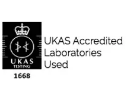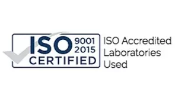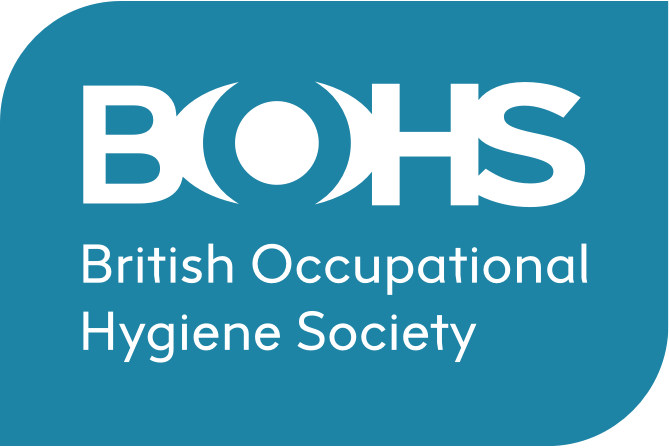






A health and safety policy sets out your general approach to health and safety. It explains how you, as an employer, will manage health and safety in your business. It should clearly say who does what, when and how.
If you have five or more employees, you must write your policy down. If you have fewer than five employees you do not have to write anything down, but it is useful to do so.
In our experience there are a number of recurring issues in the health and safety policies we see. The most common issue is that the Policy is not up to date. A good Health and Safety Policy should be a ‘living document’ that is regularly being updated and amended as things change within your organisation.
When writing a Policy, there are three steps to follow, listed below are the HSE’s requirement for each step, along with the errors that we often see.
HSE Requirement:
State your general policy on health and safety at work, including your commitment to managing health and safety and your aims. As the employer or most senior person in the company, you should sign it and review it regularly.
What we see:
Very often, the Statement of Intent is not signed off by the most senior member of the organisation. In addition, when the main policy document is updated, the Policy Statement is forgotten about and left out of date.
HSE Requirement:
List the names, positions and roles of the people in your business who have specific responsibility for health and safety.
What we see:
This section of the Policy is where you set out the structure for managing health and safety in your organisation. This is so that people know who to go to if they want health and safety issues dealing with. Very often, what we see is the organisational chart inserted into the Policy, rather than the specific structure for managing safety. In addition, this is often not kept up to date as the organisation evolves. To help with this, it is a good idea to put job titles, rather than names.
HSE Requirement:
Give details of the practical arrangements you have in place, showing how you will achieve your health and safety policy aims. This could include, for example, doing a risk assessment, training employees and using safety signs or equipment.
What we see:
The Arrangements section of the Policy is where you set out how you will do things from a safety perspective. Consequently, it needs to be regularly revised to reflect any changes in your business activities, so that it accurately reflects what you do. We often see that the Arrangements will cover all of the aspects of your Head Office but does not cover the employees going out into the field. You need to think about all of the risks that your employees could be exposed to across the business and then consider the arrangements for managing these risks.
The HSE state that you must share the policy, and any changes to it, with your employees. The first opportunity to tell your employees about the Policy is during the health and safety induction. All employees should receive induction training where they should be told where to access the Policy and how to raise any health and safety issues.
You should then inform your employees about any changes that take place in the Policy, such as any new Arrangements or when the Policy goes through an annual review. Unfortunately, often we find that the Policy doesn’t get communicated to all employees and in particular part time or remote workers may be missed. Finally, as it is a legal requirement to share the Policy with your employees, it is advisable to record the fact that it has been shared with them.
If you have any questions regarding what makes a good Health and Safety Policy or would like some help with your Health and Safety Policy please contact David Paveley